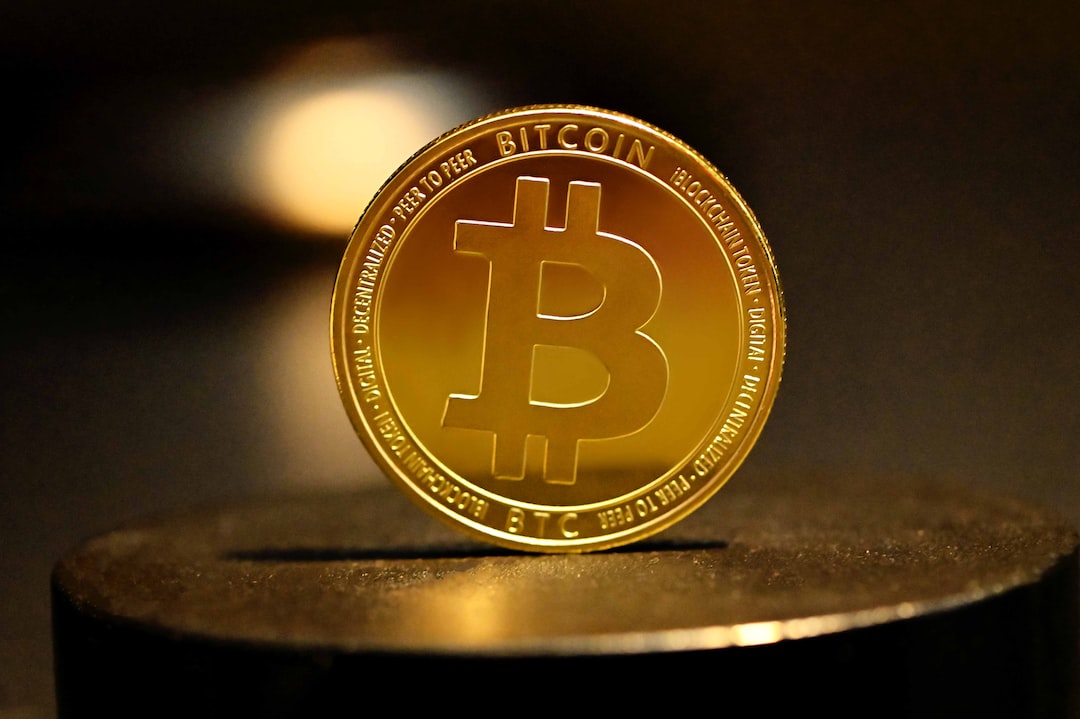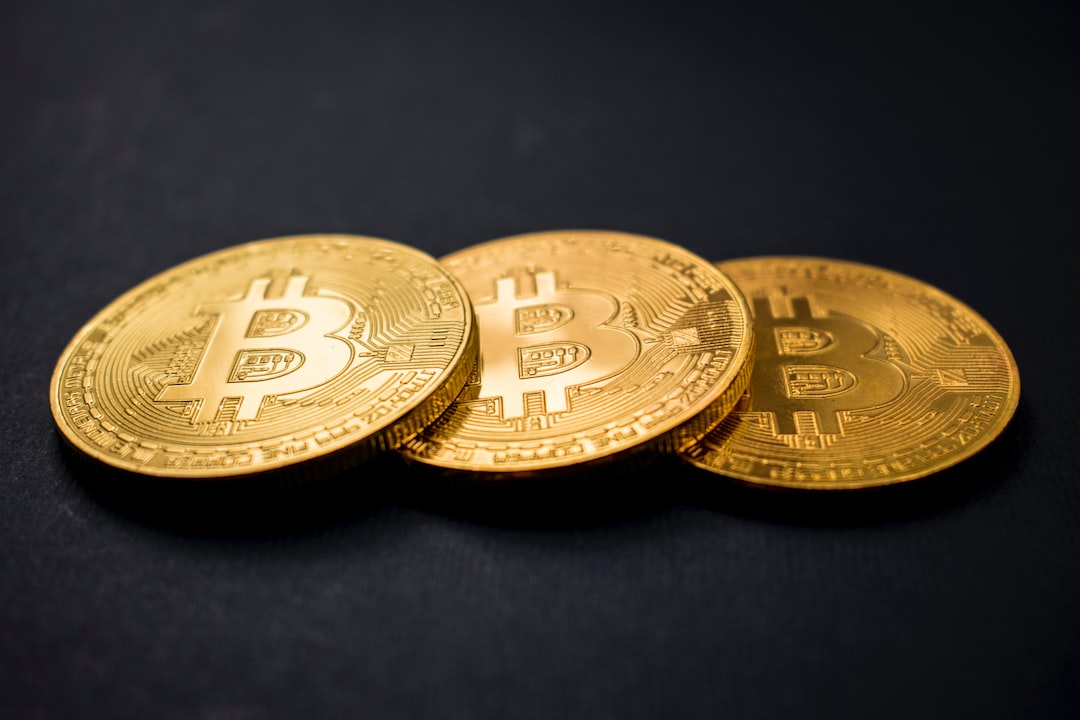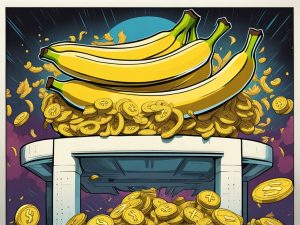The Uma Protocol’s Native Token Surges on MEV Solution Announcement
The native token of the Uma protocol, Uma, experienced a significant price jump after teasing a potential solution to protect lending protocols from maximal extractable value (MEV). The token’s price surged by 90%, rising from $2 to $3.80. Uma’s market capitalization also reached close to $300 million, its highest point since mid-2022.
Details of the MEV Solution
Uma has announced a forthcoming MEV solution called Oval, although limited information is currently available. The product will primarily focus on protecting lending protocols and is expected to launch next week, according to Uma co-founder Hart Lambur.
Addressing the Issue of MEV
MEV is a concept in blockchain technology where individuals involved in block production earn extra income by rearranging transactions for third parties. Lending protocols suffer significant financial losses due to MEV, estimated in the tens of millions of dollars annually. Uma aims to reclaim this lost value through its upcoming solution.
Uma’s Existing Products
Uma is an Ethereum-based DeFi protocol that specializes in synthetic assets. It offers an optimistic oracle product that allows users to verify on-chain data through economic incentives and dispute resolution mechanisms.
Uma’s Price Surge Amidst Crypto Market Downturn
Despite a 2.3% decrease in the overall crypto market capitalization in the last 24 hours, Uma’s price surge defied the trend. The crypto market currently stands at $1.71 trillion, with Bitcoin trading around $41,000 after a slight pullback from recent gains.
Hot Take: Uma’s MEV Solution Could Revolutionize Lending Protocols
The announcement of Uma’s MEV solution, Oval, has generated significant excitement in the crypto community. By addressing the issue of MEV and reclaiming lost value, Uma could revolutionize lending protocols within the DeFi space. As Uma prepares to launch Oval next week, all eyes will be on the protocol to see how it tackles this persistent problem and potentially sets a new standard for protecting lending protocols from exploitation.





 By
By
 By
By

 By
By
 By
By
 By
By